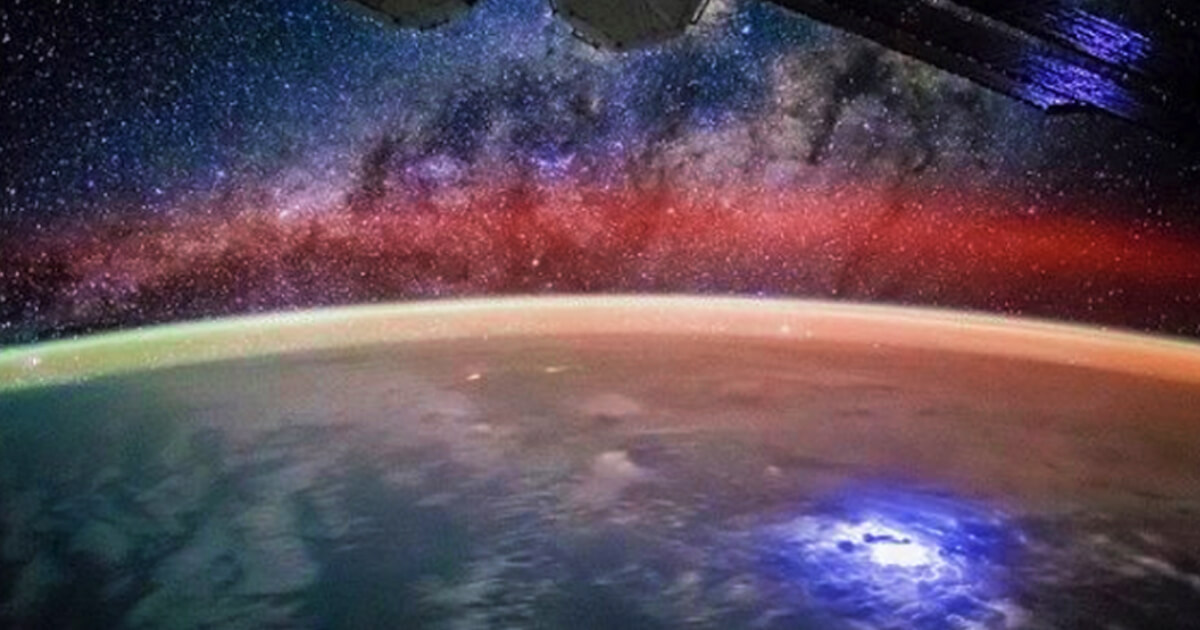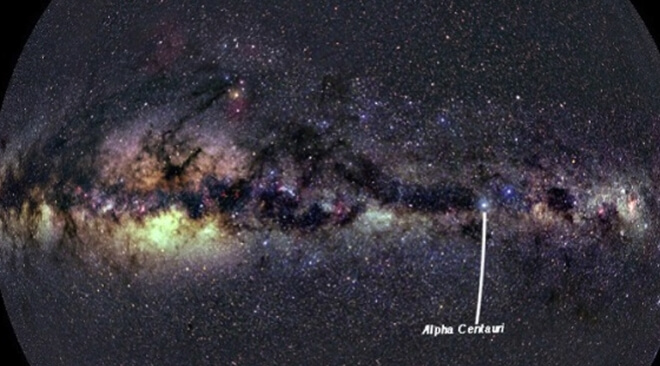
This isn’t a bolt, however, because some things must happen in order for it to function. 1) NASA could launch a spacecraft capable of escaping our solar system and visiting our galactic neighbors – but only if they can construct one! 2) To arrive in 44 years, it must fly at one-tenth the speed of light. Here’s how it works.
The Alpha Centauri constellation is 4.4 light years away, and even though the system could travel at a record-breaking tenth of the speed of light, it would still take 44 years to reach our closest neighbor in 2113. Anthony Freeman of Nasa’s Jet Propulsion Laboratory (JPL) told the New Scientist, “It’s very nebulous.” First and foremost, why the year 2069? The proposed launch date may seem to be a strange choice. But this isn’t a fluke: back in 2016, when the agency’s budget was being debated, Texas Representative John Culberson called for NASA to send a mission to Alpha Centauri by 2069. By the way, the date is a nod to the Apollo 11 moon landing’s centennial anniversary. What exactly is Alpha Centauri, and why would we want to visit it? It’s easy to forget that we’ve only physically visited a tiny corner of our galaxy, what with all the far-flung exoplanets scientists keep finding using different telescopes. Voyager 1 was only recently launched outside the solar system’s outskirts. We just witnessed the first known extrasolar hunk of space rock whizzing through our neighborhood. The unfortunate reality is that we don’t have many near neighbors outside of our solar system. Alpha Centauri is the nearest star system, which is more than four light-years away. Alpha Centauri A and B are two binary stars twirling around each other, but Proxima Centauri, their third twin, is the near. Since it’s so far away from the other two (roughly 13,000 times the distance between Earth and the sun), a “mission to Alpha Centauri” is more likely to be a “mission to Proxima Centauri.” Getting to the next solar system is, admittedly, a reasonable next step in the space exploration process. Will there be extraterrestrials? Since Proxima Centauri is a red dwarf star, its habitable zone is much smaller than our own. However, it appears that at least one potentially rocky little planet is in the vicinity. We don’t know anything about the planets and/or moons there yet, so it’s far too early to speculate on what we may discover. By 2069, one would expect to know a little bit more. How long do you think it would take to get there? That’s where things get a little tricky. It will take an extremely long time using existing technologies. In terms of speedy interstellar flight, the New Horizons spacecraft flies at over 36,000 miles per hour, which is pretty much the bee’s knees. A spacecraft like New Horizons, on the other hand, will need 78,000 years to reach Alpha Centauri. NASA’s mission is to find a quicker solution. The Texas Representative John Culberson’s order to “reach for the stars” also stated that the agency should develop a spacecraft capable of flying at 10% the speed of light for the job. It will take us 44 years to get there.
Please remember we all have different opinions, Think Before You Speak or Write Something that is cruel to Others. After all, We are only Humans. Wishing you clear skies and wide eyes. To share your experiences or just leave a comment there is a area below. Read or listen.
We are the change the world has been waiting for!
Have you witnessed an unidentified flying object?
You are not alone. Whether you think UFOs are black projects, extraterrestrial craft, something else altogether, or just don’t know, again, you are not alone!
Unconditional love. The road we all get to walk. Unconditional love is like the sun.
WE ARE THE DISCLOSURE !~ WE HAVE NEVER BEEN ALONE
Love and Regards,
Thank You,
Nancy Thames
Source: ancientstuff.


